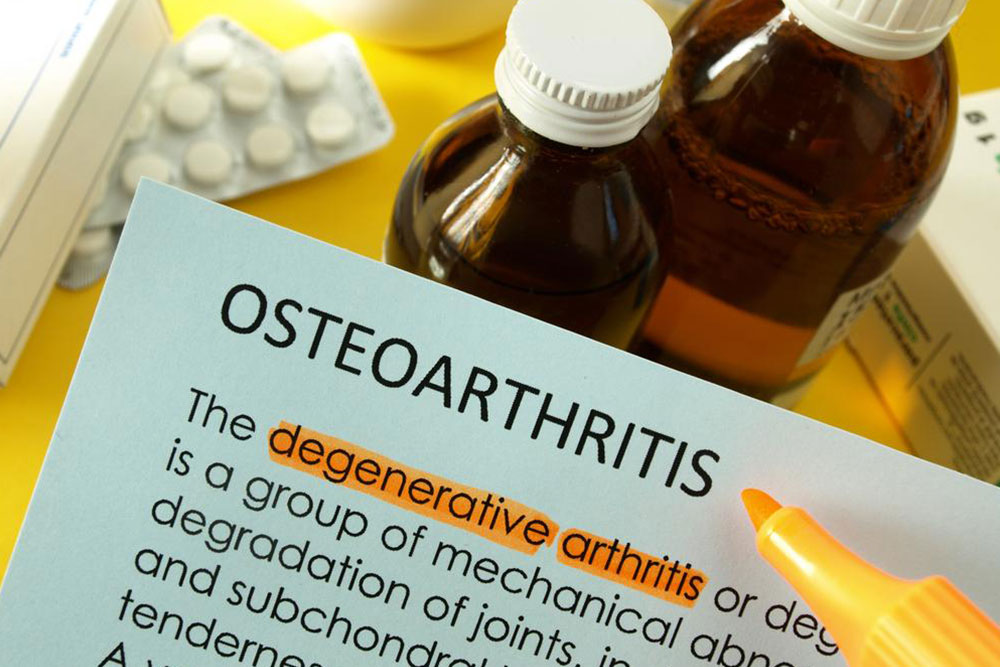
Osteoarthritis – Dos and don’ts
Osteoarthritis can cause moderate to severe pain that can often be debilitating. When left untreated, osteoarthritis can severely impact the quality of life of an individual leading to very limited mobility and range of movement. However, while osteoarthritis is a common musculoskeletal pain condition, its diagnosis and treatment are varied depending on the age, severity of damage and pain symptoms, lifestyle, occupation and general health status of the individual. Herein, we discuss some general guidelines on what to do and not do if you suffer from osteoarthritis.
Osteoarthritis is caused by the degeneration of the protective cartilage that enables the free and fluid movement of the knee joint. Repeated weight bearing movements strain the knee joints leading to wear and tear. While one might feel that without pain there is no gain and so try to be overzealous in exercising for health, you must remember that in the case of osteoarthritis pain, it is preferable to reduce the strain to the affected knee joint as much as possible. While maintaining an optimum weight is essential, do take care not to strain the joint.
Often the symptoms of osteoarthritis start off as merely stiffness but develop over time into pain. Hence, it is important to pay attention to any discernible change in one’s mobility, gait or flexibility both when walking and when seated. Consult a good physical trainer or therapist to suggest non-weight bearing low knee impact exercises that will strengthen the muscles around the knee without aggravating the pain.
Jogging, skipping, bungee jumping, running, climbing up and down stairs and other similar high impact activities are better avoided.
While damaged cartilage cannot be entirely replaced, research shows that the careful practice of simple knee strengthening exercises and also yoga can not only alleviate pain but also enhance flexibility and mobility of the joint, while at the same time, also strengthening the associated muscles.
Osteoarthritis pain can increase due to stiffness in cold weather. Hence, it is important to keep the knees warm and covered when the weather gets colder. Also, in general when exercising, it is important to incorporate both simple warm-up movements as well as post-exercise compensatory movements.
Simple lifestyle adjustments such as the use of orthopedic footwear with ankle support can greatly reduce the strain taken by the knee when walking. If necessary a knee brace may also be used to protect the knee while walking or exercising.
A gentle massage without applying pressure on the muscles above and below the knee can also be soothing and reduce spasms.
It is important to adopt a healthy and nutritious diet that contributes to the maintenance of optimal weight. Traditional systems of naturopathy and Ayurveda also offer a number of dietary adjustments that can help one cope. Other alternative methods such as acupuncture and chiropractic may be recommended in certain cases. Natural foods such as curcumin and cinnamon that have anti-inflammatory properties may also help a little.
If diagnosed in time, osteoarthritis can be well managed, delaying further cartilage damage to the extent possible.


